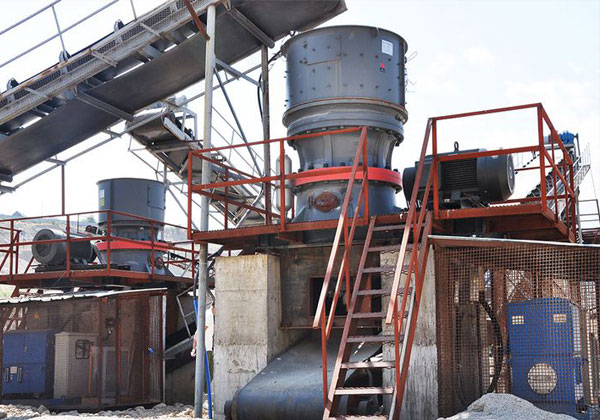In the mining, quarrying, and construction industries, crushing equipment plays a critical role in material processing. Improving crusher capacity and efficiency not only boosts productivity, but also reduces operational costs, energy consumption, and wear on machine components. Whether using a jaw crusher, cone crusher, impact crusher, or VSI sand-making machine, the right strategies can significantly enhance performance.
1. Choose the Right Crusher for the Material
Match the crusher type and model to the material hardness, abrasiveness, and moisture content.
| Material Type | Recommended Crusher |
|---|---|
| Hard rocks (granite, basalt, iron ore) | Jaw Crusher → Cone Crusher |
| Medium hardness (limestone, dolomite) | Impact Crusher → Cone Crusher |
| Soft & non-abrasive (gypsum, coal) | Impact Crusher, Hammer Crusher |
| Sand making | VSI Vertical Shaft Impact Crusher |
Selecting the right equipment prevents overloading and ensures optimal crushing force.
2. Optimize Feed Size and Gradation
Uniform and controlled feed size improves crushing efficiency and prevents blockages.
-
Avoid feeding oversize material beyond the crusher design limit.
-
Use a vibrating feeder with adjustable speed.
-
Pre-screen fine materials to reduce unnecessary crushing load.
-
Maintain a consistent feed distribution at the crushing chamber.
Proper feed ensures continuous and stable operation.

3. Maintain Proper Chamber Settings
Crusher performance depends heavily on chamber settings such as:
-
Jaw crusher: Jaw angle and discharge opening
-
Cone crusher: Closed side setting (CSS), eccentric stroke, liner profile
-
Impact crusher: Rotor speed, blow bar selection
-
VSI crusher: Rotor speed, feed control, impeller selection
Periodically adjust settings according to material size requirements and wear conditions.
4. Regular Maintenance and Wear Part Replacement
Crusher wear parts—jaw plates, mantles, concaves, blow bars, and liners—directly affect crushing efficiency.
Maintenance tips:
-
Monitor wear rates and replace parts promptly.
-
Clean the crushing chamber to avoid material buildup.
-
Lubricate bearings and moving parts.
-
Check belt tension and drive performance.
Scheduled maintenance prevents downtime and improves capacity.
5. Improve Crushing Circuit Layout
Proper plant design and equipment arrangement contribute to smoother operation.
Recommendations:
-
Use conveyors and screens that match the crusher output capacity.
-
Install surge hoppers or buffer bins to maintain continuous feed.
-
Add secondary/tertiary crushers where necessary.
Efficient circuit design ensures balanced workflow and higher throughput.
6. Use Automation and Monitoring Systems
Modern crushers include intelligent control systems that help optimize performance.
Benefits of automation:
-
Real-time monitoring of feed level, chamber pressure, and power draw
-
Automatic CSS adjustment
-
Overload protection
-
Predictive maintenance alerts
Automation maximizes utilization and minimizes human error.
7. Enhance Screening and Classification
High-quality screening reduces circulating load and improves final product quality.
-
Use multi-layer vibrating screens
-
Adjust screen angle and amplitude
-
Ensure proper screen mesh selection
-
Routinely clean and maintain screens
Efficient screening reduces unnecessary crushing and increases capacity.
8. Control Moisture and Dust
Excess moisture results in poor material flow and clogging.
Solutions:
-
Use dewatering screens or dryers for wet materials
-
Install dust suppression systems
-
Optimize water spray arrangements
Good moisture control improves crusher productivity and protects equipment.
Conclusion
Boosting crusher capacity and efficiency requires a combination of the right machine selection, optimized operating parameters, consistent feeding, robust maintenance, and intelligent automation. By following these strategies, operators can achieve:
✔ Higher production output
✔ Reduced wear and operating cost
✔ Stable and reliable performance
✔ Better final product quality
Implementing these improvements helps mining and aggregate operations stay competitive and maximize return on investment.
